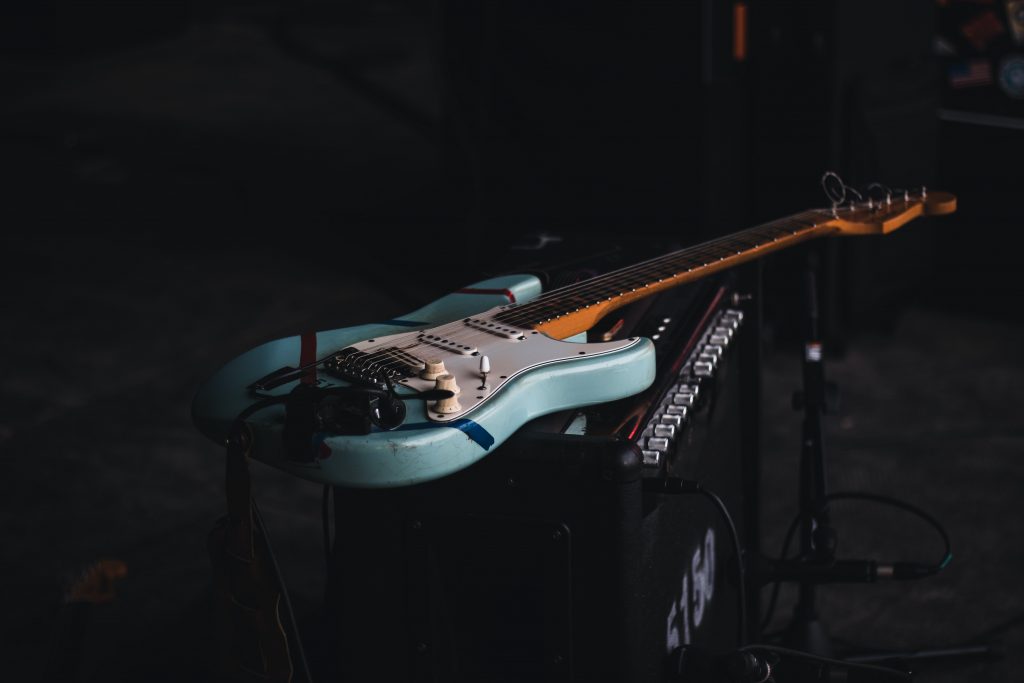Kit for a Western Steel String Guitar
Industrial Inc. may seem to be an unlikely source for guitar kits at first glance. After all, they’ve developed into one of the largest woodworking and metalworking machinery companies in the United States since their founding in 1983. A quick glance at their catalogue reveals that they sell everything from air drills to zero clearance inserts. They also have a good range of woodworking equipment and accessories, including tone woods for instruments.
So, what is the connection between industrial machinery and guitar kits? There happen to be two of them. The first is that Grizzly President Shiraz Balolia enjoys woodworking and building guitars. His lutherie created the two lovely guitars shown to the right. Try Acoustic Electric guitar.
Grizzly also sells a lot of plans and kits for wood toys and furniture, because they’re also in the do-it-yourself kit industry.
All of the parts for building a western-style steel string guitar are included in the Model H3098 Western Steel String Guitar Kit. All that is required of the kit builder is a little assembly, drilling, glueing, and finishing. The top is made of spruce, and the back and sides are made of basswood. There are 22 frets on the rosewood fretboard, which connects to the body at the 14th fret. Here’s a look at the pieces of the kit:
This is an ideal kit for the beginner, or a fun build for the more experienced, at just $89.95 and with very simple assembly. We don’t yet have any reports on the quality of the instruments that were made, but we do have a short video that shows some of the assembly measures. We’ll keep you updated as we learn more.
Builder of Guitar Kits
I just finished putting the guitar together, and it was a lot of fun. To make the guitar look good, I used Berchwood sealers, walnut paint, and finishes. I’m going to give it a couple more weeks before I polish it up and put a pickup in it. The neck directions are succinct but simple, and they are an essential part of the procedure. Using threaded bolt inserts, bolts, and washers through two of the vertical guide holes may be preferable. With a wood thread on one hand, 1/4 inch x 20 2.25 Drill all the way into the vertical holes in the body. This should suffocate the neck and glue it in place (or unglued for a serviceable neck) Since using bands on the guitar damaged the soft wood, further filling and sanding was required. The guitar sounds like an old Yamaha ply guitar, which is a good thing. After a few hours of hard strumming and saddle and nut changes, the wood finally realised it was a guitar. The guitar I bought from Amazon.com was a damaged piece. It had a hole at the bottom of the guitar about 2″ away from where the 1/4 pickup insert goes, which I fixed. The guitar was still in good shape, and for $59.95, it wasn’t a poor practise session. EXP D’Addario The best sound came from Phosorus Bronze strings or 80/20’s. I have a Martin D-35 and have the kit guitar hanging beside it. On the inside and out, I can see exact style parallels. The kit guitar’s wood is very simple and delicate. It doesn’t stand up to a lot of violence. You will sand through the veneer ply if you sand too much. The best way to prepare was to stain and seal the guitar to your liking, then mount the neck and mask off the parts listed in the instructions. Then get to work on the finishing touches.
The bone, saddle, and strings were the only things in the package that I did not use. A bone saddle and nut cost $10.00, and EXP Strings 12-52 cost $12.00. This brought out the wood’s best sound properties. The sound of this guitar is typical of a dreadnaught. The Big “E” string goes deep into the bass, while the little “E” string produces a bright bell-like sound. The middle strings muddy up a little when strumming, but each string had better than usual sustain when finger picking or flat picking. Try Acoustic guitar.
Am I satisfied with the experience of constructing this kit guitar, if you ask me? I’d say enormously. It taught me a lot about neck work and finishes, as well as the fact that you often have to beat the sound out of a piece of wood before it realises it’s a guitar.

